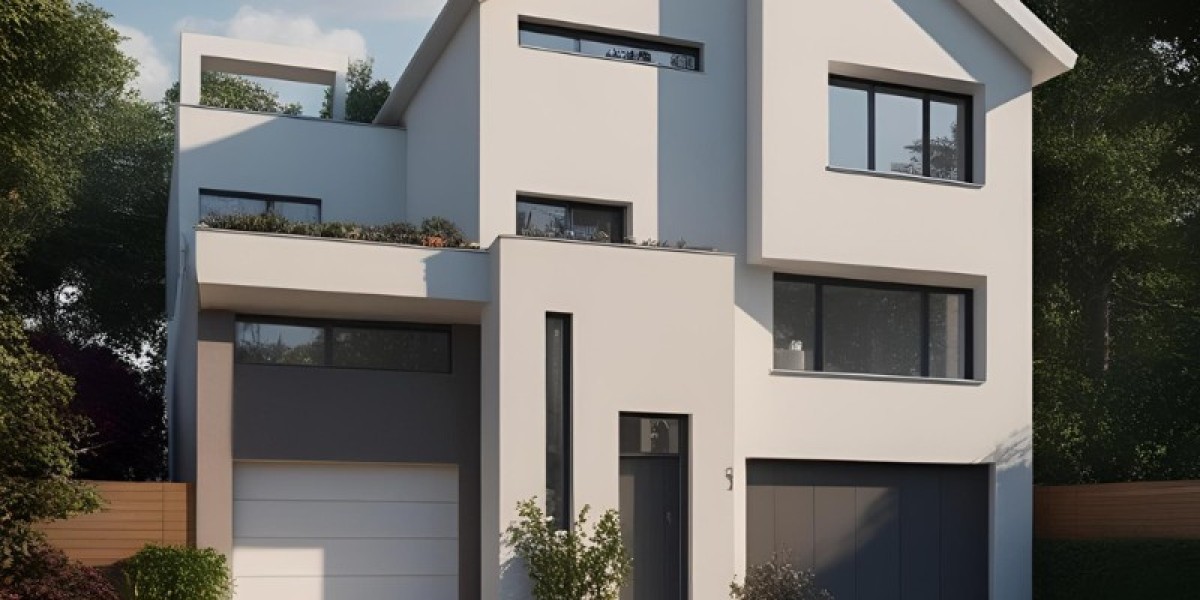In the world of modern design, the trend of compact living is growing rapidly. As cities become more densely populated and the demand for affordable housing increases, small homes are emerging as a popular solution. But just because a space is small doesn’t mean it can’t have a big impact.
Residential rendering has become an essential tool in showcasing the potential of these compact spaces, helping designers, architects, and homeowners envision how every square foot can be optimized.
From maximizing functionality to creating a sense of openness, 3D renderings allow us to explore innovative layouts, smart storage solutions, and stunning aesthetics in homes that make the most out of limited space.
In this blog, we’ll delve into how residential rendering is transforming compact homes, proving that even the smallest spaces can leave a lasting impression.
Understanding the Challenges of Designing Small Spaces in Residential Rendering
Designing small spaces in residential rendering presents unique challenges that require creative solutions. One of the main difficulties is maximizing the available space while keeping the design functional and aesthetically pleasing. In a small room, every inch counts, so the arrangement of furniture and layout is crucial. Designers often use visual tricks, like light colors and mirrors, to make a space appear larger than it is.
Another challenge is ensuring that the space feels open and not overcrowded. Overloading a small room with too much furniture or decor can make it feel cramped and uncomfortable. As a result, designers must prioritize essential elements and choose multi-functional furniture that serves more than one purpose.
Lighting is also key in small-space design. Without enough natural light, a small room can feel dark and closed off. Designers often incorporate strategic lighting to brighten up the room and create a sense of openness.
Finally, the use of textures and materials plays an important role. Smooth, reflective surfaces, such as glass or polished metal, can create the illusion of more space, while soft textiles like rugs or cushions add comfort without overwhelming the room.
How Residential Rendering Helps with Compact Home Design
Residential rendering plays a crucial role in compact home design by helping designers, builders, and homeowners visualize the space before construction begins. In compact homes, where every square foot matters, seeing a 3D rendering can make a big difference in the planning process.
First, residential renderings provide a clear picture of how the home will look once completed. For compact homes, it’s essential to understand how different spaces will function together without feeling cramped. A rendering allows for the optimization of layouts, helping designers plan where to place furniture, appliances, and storage areas.
Renderings also help in visualizing the use of natural light and color schemes. In a small home, getting the right lighting can make the space feel larger and more open. Designers can experiment with different lighting setups and color palettes in the digital render, ensuring the best choice for a brighter, airy feel.
Another benefit is that renderings allow homeowners to make informed decisions about materials and finishes. They can see how different textures and materials will look in the space, helping them choose the ones that create a sense of openness and flow.
Ultimately, residential rendering helps reduce costly changes during construction. With a digital preview of the home’s design, adjustments can be made before work begins, saving both time and money. This makes it an essential tool for compact home designs where space is limited but creativity can thrive.
Advantages of Using Residential Rendering for Compact Homes
Residential rendering is a powerful tool that offers several advantages for designing compact homes. First, it helps visualize the final look of a home before construction starts. For compact homes, where every inch counts, this is especially important. Rendering allows homeowners to see how space will be utilized, ensuring that the layout is functional and comfortable.
Another key advantage is that residential rendering helps in planning the use of natural light. Compact homes often struggle with space, but effective lighting can make them feel larger and more open. With rendering, you can experiment with different window placements and designs to find the best solution for natural light.
Rendering also helps in making design decisions. From choosing materials and colors to finalizing architectural details, homeowners can make informed choices. For compact homes, where every element needs to complement the overall design, this is crucial.
Moreover, rendering allows you to visualize both the interior and exterior of the home. This helps in creating a cohesive design that flows well, even in a smaller space. It’s also a great way to explore various styles, from modern to traditional, without committing to a design prematurely.
Key Considerations for Creating Effective Renderings of Small Homes
Creating effective renderings of small homes involves focusing on key elements that make the space feel both realistic and inviting. Here are some important considerations:
- Use of Space: Small homes often require smart design to maximize space. In renderings, ensure that furniture and layout reflect this thoughtful use of space. Show how multifunctional furniture or open-plan designs can make the space feel larger.
- Lighting: Lighting plays a huge role in making small spaces look bright and open. Use natural light sources, like windows, and add well-placed artificial lights to create warmth. Good lighting can make a small home feel more expansive and cozy.
- Color Palette: Light, neutral colors tend to make small rooms look bigger. Incorporating shades like white, light grays, and pastels can help visually expand the space. Use accents in brighter colors to add interest without overwhelming the room.
- Detailed Textures: Show realistic textures in the materials used. Wooden floors, soft textiles, and other materials should be accurately represented to make the rendering feel lifelike.
- Outdoor Views: If possible, include views of the outdoors in the rendering. Small homes can feel more spacious when there’s a connection to nature or a garden area.
By focusing on these key aspects, renderings can effectively capture the essence of small homes, making them feel inviting and well-designed.
The End Note
In today’s world of ever-shrinking footprints and growing design ambitions, residential rendering has proven itself indispensable for transforming compact homes into spaces that feel both generous and purposeful.
By leveraging realistic 3D visualizations, designers can tackle the unique challenges of small-space living—maximizing every square inch, orchestrating light and color to enlarge the feel of a room, and selecting multifunctional furnishings that maintain flow rather than clutter.
Moreover, renderings enable homeowners and architects to experiment freely with materials, textures, and layouts before a single stud is raised, helping to avoid costly revisions and ensure that each decision contributes to comfort, style, and functionality.
From open-plan micro-apartments to cleverly configured tiny houses, the careful application of lighting, neutral palettes, and strategic detailing showcased in a digital model guarantees that even the coziest abode leaves a big impression.



